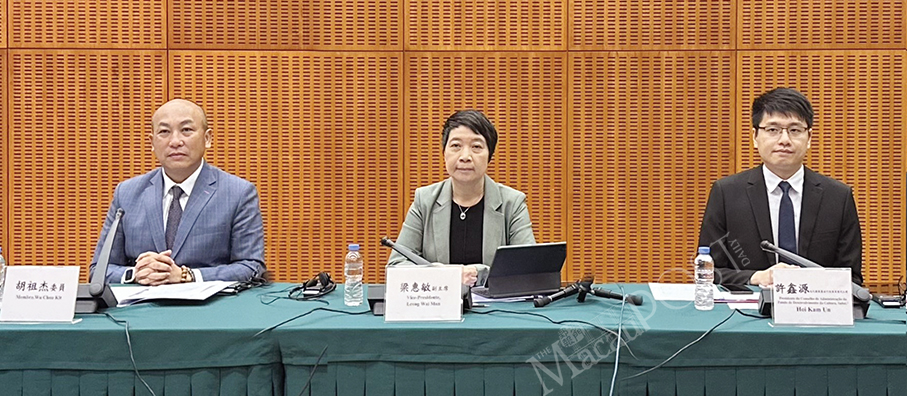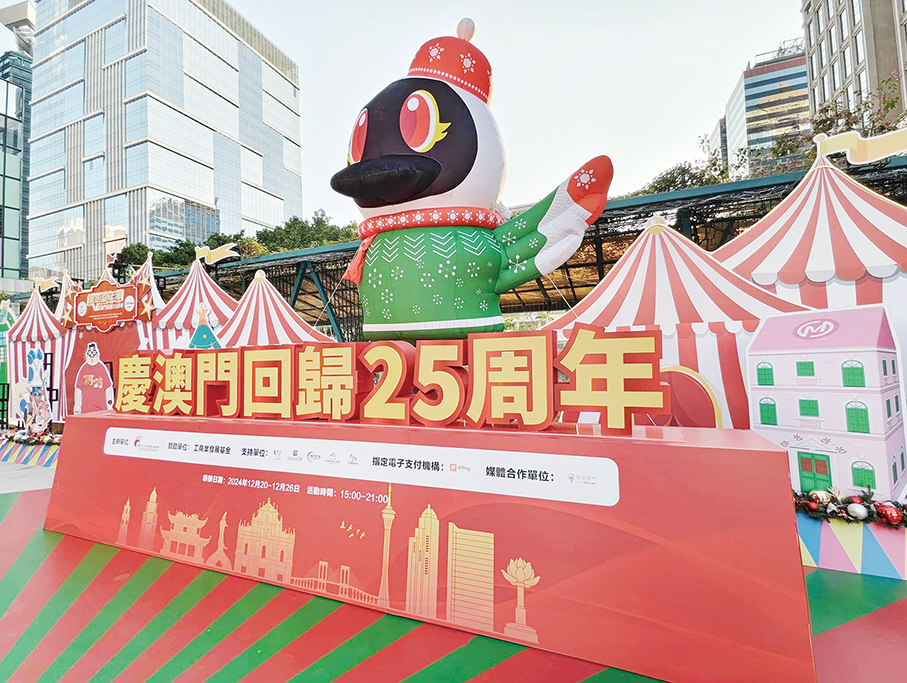The Cultural Heritage Committee held this year’s first plenary meeting yesterday at the Macau Cultural Centre (CCM), during which all its members backed the Macau Cultural Development Fund’s (FDC) decision last year to launch an incentive programme for preserving historic buildings, according to committee member and spokesperson Wu Chou Kit.
Wu, Cultural Affairs Bureau (IC) President Leong Wai Man and FDC Administrative Committee Acting President Hoi Kam Un co-hosted a press conference after the closed-door meeting.
The programme, carried out from November 13 last year to January 12 this year, aimed at encouraging real-estate owners to carry out regular structural inspections or tests, implement façade maintenance, and carry out the necessary restoration and repairs of their private heritage buildings including those deemed by the government to be of cultural significance, in order to better promote the revitalisation of Macau’s historic buildings, Leong said.
Leong reaffirmed that the programme aimed to encourage heritage building owners to take the initiative in applying for financial assistance to optimise the repairs and maintenance of non-residential buildings. She stressed: “The repairs and maintenance are always the crucial factors for subsequent revitalisation.”
According to Hoi, the fund received 12 applications, of which 10 have meanwhile been accepted and passed to the Cultural Heritage Committee for evaluation in due course.
5-7 Pátio do Amparo
Secretary for Social Affairs and Culture Elsie Ao Ieong U hosted the 2 ½ -hour long meeting whose agenda also included the archaeological work at 5-7 Pátio do Amparo (“Shelter Courtyard” – 顯榮里), near the UNESCO World Heritage-listed Ruins of St Paul’s.
During the post-meeting press conference, Leong briefed the media about the conclusion of the archaeological work at 5-7 Pátio do Amparo, which originally consisted of two Chinese-style houses. She pointed out that her bureau and the Institute of Archaeology of the Chinese Academy of Social Sciences (CASS) jointly carried out three phases of archaeological excavation work at the plot from 2011 to 2012, adding that the excavated area mainly consisted of architectural remains, including porcelainware, ceramics, glassware, and stoneware. The artefacts have been collected to be displayed in a local museum.
Leong said that the Institute of Archaeological of the Chinese Academy of Social Sciences completed a study last year after a comprehensive analysis, which shows that the layout of 5-7 Pátio do Amparo was different to the typical layout of a Qing-style government office (“yamen”) of the Guangdong Customs branch in Macau, pointing out that the plot may not have been the core building area of the “yamen”, but the attached living space for its officers and families. Leong added that for the next step, the bureau will return the plot to its owner for development.

Cultural Affairs Bureau (IC) President and Cultural Heritage Committee Vice Chairperson Leong Wai Man (centre) and committee member and spokesperson Wu Chou Kit (left), as well as Macau Cultural Development Fund (FDC) Acting President Hoi Kam Un pose during a press conference after yesterday’s first plenary meeting of the committee this year, at the Macau Cultural Centre (CCM) in Nape. – Photo: Yuki Lei







